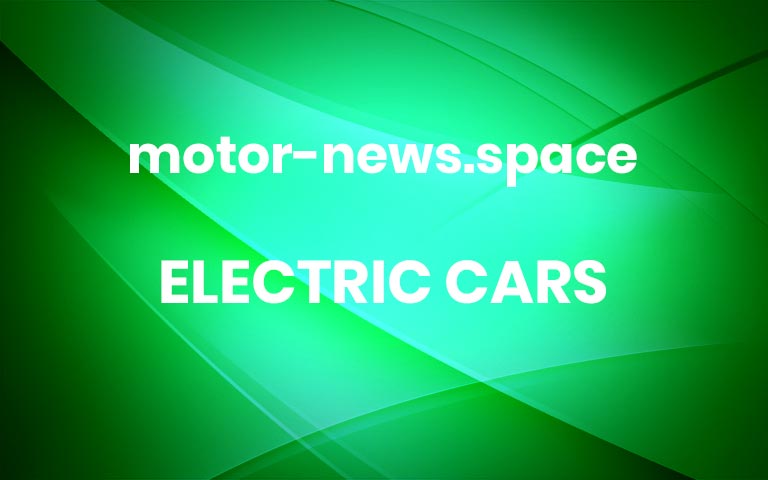Vehicles Underwater at Stellantis Shipping Yard after Massive Rainfall Hits Detroit
We don’t know the number of vehicles damaged by a massive rainstorm, which brought six inches of rain to parts of Detroit in less than 24 hours, but videos on social media show dozens almost completely underwater at a Stellantis lot.The shipping yard is next to the plants where Stellantis builds the Jeep Grand Cherokee, Jeep Grand Cherokee SRT, Jeep Grand Cherokee L, and the Dodge Durango. Governor Whitmer issued a state of emergency Saturday, and over 50 drivers had to be rescued from their cars after finding themselves stranded on flooded roads. The WDIV-TV photo above shows water over the road in a nearby neighborhood.Heavy rainfall in Michigan this week led to flash flooding in the Detroit area, and that in turn resulted in difficulty for people trying to move around the city. From Stellantis’s perspective, though, the big news was that potentially hundreds of brand new vehicles were damaged when the shipping yard at Stellantis’s Jefferson North Assembly Plant (JNAP) became a temporary lake Saturday.
This content is imported from Twitter. You may be able to find the same content in another format, or you may be able to find more information, at their web site.
Videos shared on social media show vehicles, including many Dodge Durangos, submerged up to their rooflines. Aside from the Durangos, Stellantis keeps newly produced SUVs, minivans, Chargers, Challengers, and truck models at the shipping yard staging area as they wait to be shipped to dealers once they leave the plant. Stellantis builds the Jeep Grand Cherokee, Jeep Grand Cherokee SRT, and Dodge Durango at JNAP, and the Jeep Grand Cherokee L at the nearby Mack assembly facility.
This content is imported from Twitter. You may be able to find the same content in another format, or you may be able to find more information, at their web site.
Stellantis confirmed the flooding to Car and Driver and said it does not yet have an estimate about the extent of the damage. “As a result of severe storms that came through Detroit on June 25, many expressways, surface streets, and neighborhoods in the area experienced significant flooding, including the Jefferson North Assembly Plant and an adjacent shipping yard,” the company said. “Water from the plant was removed and second shift resumed at 4:30 p.m. An assessment will be conducted on the condition of vehicles in the yard. We have no further information to share at this time.”Michigan Gov. Gretchen Whitmer declared a state of emergency for Wayne County (where Detroit is located) on Saturday, after more than six inches of rain fell on Detroit in 24 hours. The state issued an alert about the flooding which said that driving through six inches of water can cause “loss of control and possible stalling,” while a foot of water will float many vehicles and “two feet of rushing water can carry away most vehicles including sport utility vehicles (SUVs) and pickup trucks.” The New York Times said 50 people had to be rescued from their cars and over 350 vehicles suffered some sort of damage during the storm. This number includes people’s personal vehicles and not the ones damaged at the Stellantis yard. No injuries were reported, but more rain is expected in the coming days.The Detroit Free Press reported that Ford briefly paused production of the F-150 at the Dearborn Truck Plant because employees had difficulty getting to the plant. Ford also temporarily halted production of the new Bronco at the Michigan Assembly Plant because of a roof leak.Representative Debbie Dingell, whose district includes Detroit and nearby cities, wrote on Facebook earlier today that “Dearborn appears to be one of the hardest-hit cities. City engineers said Outer Drive had 7.58 inches of rain when sewer drains were only capable of handling 3 inches.” She added: “This is happening too many places and around the country. We have the rain and the west has a drought. Wildfires out of control. Climate is impacting all of our lives. And now we face a minimum of another seven days of rain. We must prepare.”
This content is imported from {embed-name}. You may be able to find the same content in another format, or you may be able to find more information, at their web site.
This content is created and maintained by a third party, and imported onto this page to help users provide their email addresses. You may be able to find more information about this and similar content at piano.io More




